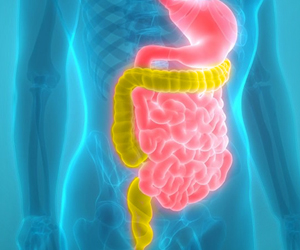Portion sizes dished out by most restaurant chefs are two to four times bigger than the government's recommended serving sizes. Knowing well that these large amounts are contributing to increasing weight of their diners, the chefs believe customers expect large platefuls of food when eating out.
These were the findings that were revealed by a survey of 300 chefs presented at the annual meeting of the Obesity Society.A meal at a restaurant could easily contain at least 60% more calories than an average home-cooked meal, according to the NPD Group, a market research firm. Their research has revealed that Americans have purchased 209 meals a person from restaurants last year, through eating at restaurants as well as buying takeout.
Barbara Rolls, a nutrition professor at Pennsylvania State University said that portions served at restaurants have steadily increased since the 1970s in tandem with the rise in obesity rates.
Researchers at Pennsylvania State University and Clemson University in South Carolina surveyed chefs at several national culinary meetings. Most were executive chefs with degrees in culinary arts. A third of them worked in elegant restaurants; some in company cafeterias, casual eateries, and fast food places.
All of them were of the opinion that the amount of food served in restaurants influences how much people eat and that large portions are hard on people watching their weight.
Around, 60% of chefs serve steaks that are about 2 ounces or larger when the serving of cooked meat according to the government's dietary guidelines is three ounces. While a serving of pasta is meant to be a half cup most chefs serve up one to two cups of pasta with a meal. Almost 1/2 cup of vegetables such as steamed broccoli are served by chefs in restaurants.
Advertisement
Another discovery that was made was that veteran chefs tend to serve smaller portions compared to younger chefs who usually dish larger ones. This could be explained by "The older chefs were trained a couple of decades ago when portions were smaller," Flood says. "The younger ones grew up at a time when the cultural norms were bigger servings."
Advertisement
86% said that customers would tend to notice if the portions were decreased by 25% although around 60% say that customers would not notice 10% to 15% decrease in portion size.
A few years ago, Lisa Young, a nutrition professor at New York University, measured food in restaurants and found that portions were far larger than the recommended servings. "Now that we are in agreement, we need to figure out ways to scale back.
"Portions didn't get this big overnight so we need to scale back slowly — 10% to 15% at a time would be progress. And we need to change customer expectations," says Young. According to Kurt Hankins, vice president of menu development for Applebee's portion sizes are determined by asking guests to rate meals for their size as well value and taste. "A simple portion reduction for no apparent reason would not be well accepted."
Source-Medindia
NLA





